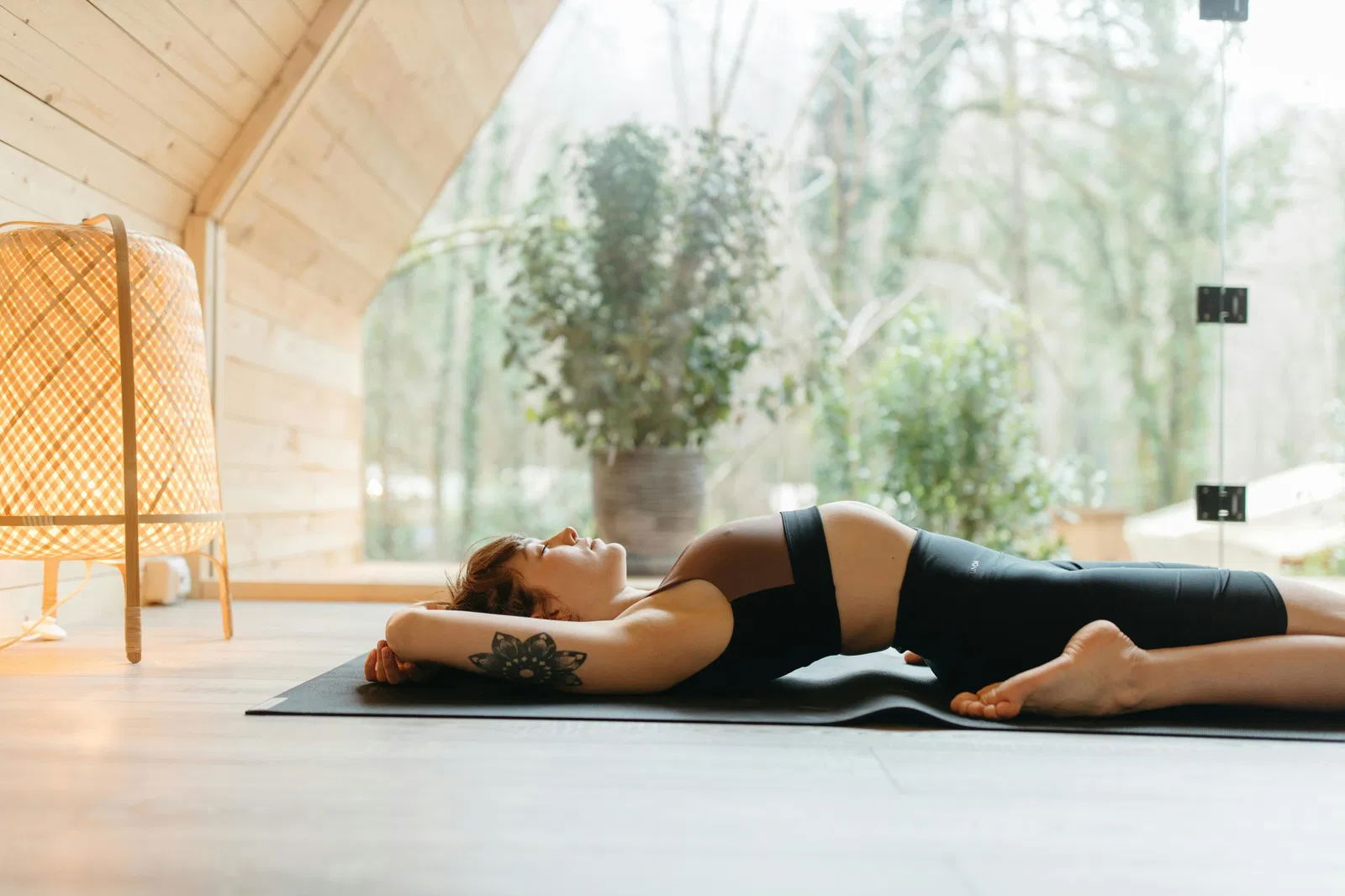When you experience stress, it is almost impossible to sit in silence, close your eyes and think of nothing. You will probably sit down, close your eyes and think about everything that stresses you out. This is why it is important to learn to breathe well. In fact, breathing well calms the nervous system and turns off the fight-or-flight response. This relaxes your body and calms you down. In this blog we give you 3 breathing exercises that you can apply immediately to relieve stress and anxiety.
3 breathing exercises you can do right now to relieve stress and anxiety

How does stress affect your breathing?
Stress and anxiety can cause you to run out of breath quickly. This is because stress and anxiety change the way you breathe. Usually an anxious person has rapid and shallow breathing, often using the shoulders to breathe instead of the diaphragm.
Breathing shallowly or being short of breath can also lead to hyperventilation and eventually even a panic attack. This is because feelings of anxiety exacerbate symptoms of stress.
What are the benefits of breathing exercises?
Breathing exercises increase your focus, have a relaxing effect and allow you to let experiences come and go without consciously trying to change them.
But there are other benefits that breathing exercises bring:
- Quick relief from stress
- Can provide lower blood pressure
- Reduces symptoms of depression (along with other treatments)
- Helps relieve pain
If you suffer from stress or anxiety and find it difficult to sit in silence and meditate, breathing exercises are a more practical way to deal with stress.
How can breathing exercises help with stress?
When we experience stress, our body's fight-or-flight mode is activated. Our body prepares for a "threat," increases the heart rate and stimulates rapid and shallow breathing. So it is not surprising to feel short of breath when you experience stress. This is a natural response of our body.
Breathing exercises cause our body to switch off the fight-or-flight mode and activate the "rest and digest" system. This system is part of the parasympathetic nervous system and causes your breathing to slow down, your heart rate and blood pressure to drop and you to enter a state of relaxation.
Breathing exercises for stress and anxiety
We give you a few breathing exercises for stress and anxiety that you can do at any time of the day, and build up to longer breathing sessions.
If you're doing breathing exercises for the first time, we recommend starting with one minute. You'll find that this gets easier and easier as you practice. Later you can build up to, say, 10 minutes.
You may experience an uncomfortable feeling while doing the exercises or become lightheaded. Then take a few quiet, deep breaths at your own pace.
1. Box breathing
Box breathing is a simple way to reduce stress. This technique is even used by Navy SEALs to relieve symptoms of stress.
The name comes from the fact that in box breathing you breathe in four steps, as if you were breathing along the four edges of a box.
How it works
- Breathe in for four counts through your nose
- Hold your breath for four counts
- Exhale for four counts
- Hold for another four counts
- Try doing this for a few minutes
Practicing box breathing? In the Meditation Moments app you will find the breathing exercise Breathing for stress release (category Breathing) in which you can practice with box breathing under guidance. The breathing exercises in the app are guided by Robert Bridgeman.
2. Extend your exhalation
By exhaling longer than breathing in, you cause your body to relax. This is because your exhalation is linked to the parasympathetic nervous system (which affects our ability to relax).
You can do this breathing exercise standing, sitting or lying down. It is important that you choose a posture that is comfortable for you.
How it works
- Breathe in for four counts through your nose
- Breathe out for eight counts
- Try doing this for a few minutes
In the Meditation Moments app you will find the breathing exercise Breathing for Relaxation (category Breathing) in which you can practice lengthening your exhalation.
3. Equal breathing
With equal breathing, you breathe in for the same length of time as you breathe out. You can do equal breathing in a sitting or lying position.
How does it work?
- Take a few breaths at your own pace
- Breathe in for four counts through your nose
- Exhale for four counts
- Be aware of the feeling of fullness in your lungs as you breathe in and out
- Try doing this for a few minutes
If you do the breathing exercise for a few minutes, you may find that you can breathe in and out longer. For example, you might breathe in through your nose for six counts and breathe out again for six counts. With equal breathing, always make sure your inhalation and exhalation remain the same length.
Written by:




















